Linear regression model
Practicing Statistics Interview Questions in R

Zuzanna Chmielewska
Actuary
Linear regression model

Linear regression model

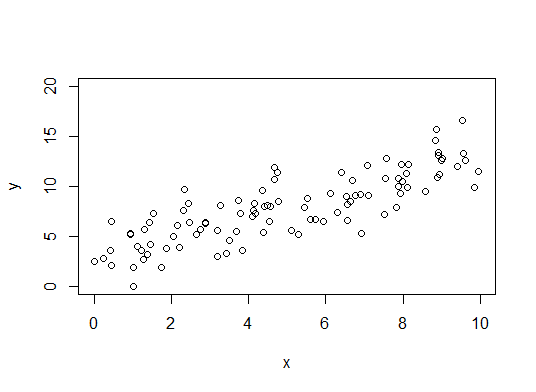
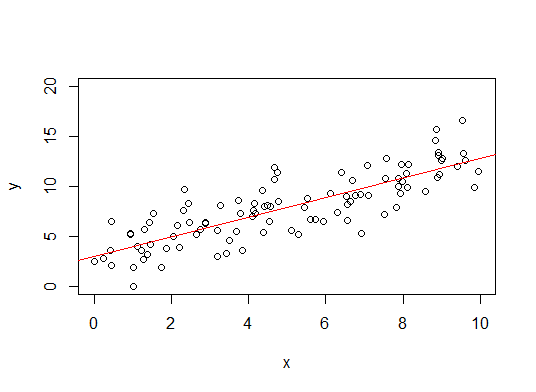
Linear regression model
$$ y_i = \beta_0 + \beta_1 \cdot x_{i1} + ... + \beta_p \cdot x_{ip} + e_{i}$$ where:
- $y_i$ - dependent variable,
- $x_{ij}$ - independent variables,
- $\beta_{j}$ - parameters,
- $e_i$ - error.
Linear predictor function
$$ \hat{y_i} = \beta_0 + \beta_1 \cdot x_{i1} + ... + \beta_p \cdot x_{ip}$$
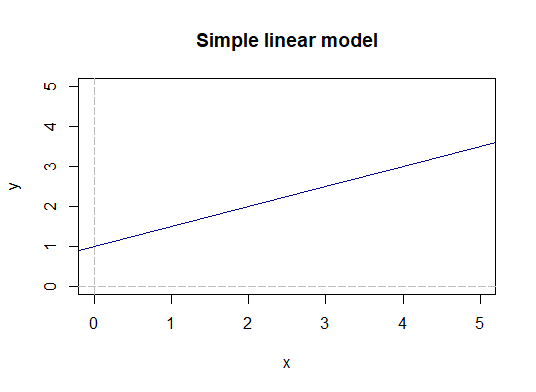 $$ \hat{y_i} = \beta_0 + \beta_1 \cdot x_{i} $$
$$ \hat{y_i} = \beta_0 + \beta_1 \cdot x_{i} $$
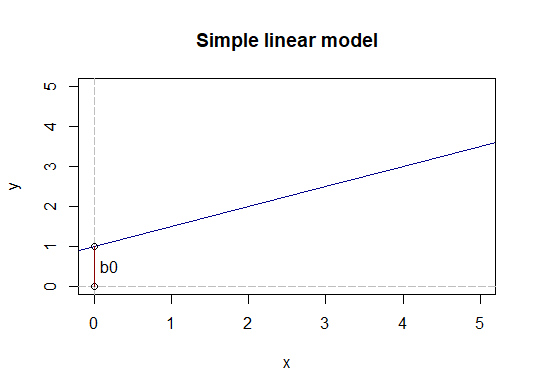 $$ \hat{y_i} = \beta_0 + \beta_1 \cdot x_{i} $$
$$ \hat{y_i} = \beta_0 + \beta_1 \cdot x_{i} $$
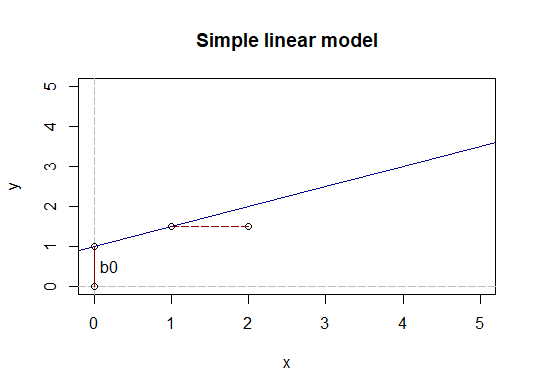 $$ \hat{y_i} = \beta_0 + \beta_1 \cdot x_{i} $$
$$ \hat{y_i} = \beta_0 + \beta_1 \cdot x_{i} $$
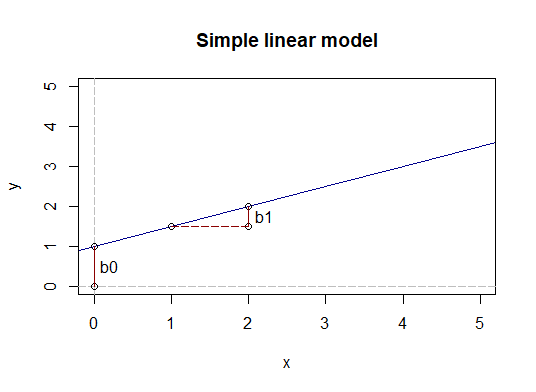 $$ \hat{y_i} = \beta_0 + \beta_1 \cdot x_{i} $$
$$ \hat{y_i} = \beta_0 + \beta_1 \cdot x_{i} $$
Log-transformation
Examples: $$ \hat{y_i} = \beta_0 + \beta_1 \cdot ln(x_{i1}) + ... + \beta_p \cdot x_{ip}$$
$$ ln(\hat{y_i}) = \beta_0 + \beta_1 \cdot x_{i1} + ... + \beta_p \cdot x_{ip}$$
Assumptions
- Linear relationship
- Normally distributed errors
- Homoscedastic errors
- Independent observations
Linear model in R
model <- lm(dist ~ speed, data = cars)print(model)
Call:
lm(formula = dist ~ speed, data = cars)
Coefficients:
(Intercept) speed
-17.579 3.932
Linear model in R
model <- lm(dist ~ speed, data = cars) new_car <- data.frame(speed = 17.5)predict(model, newdata = new_car)
1
51.23806
Diagnostic plots
model <- lm(dist ~ speed, data = cars)
plot(model)
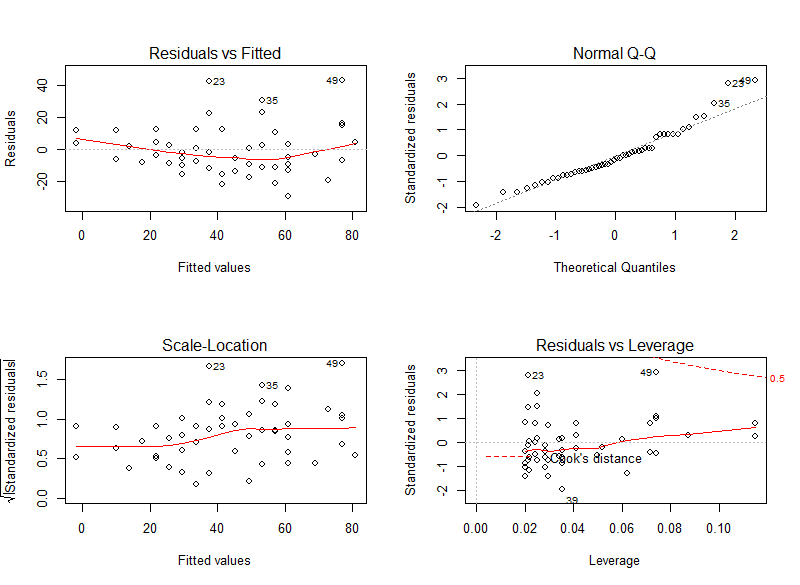
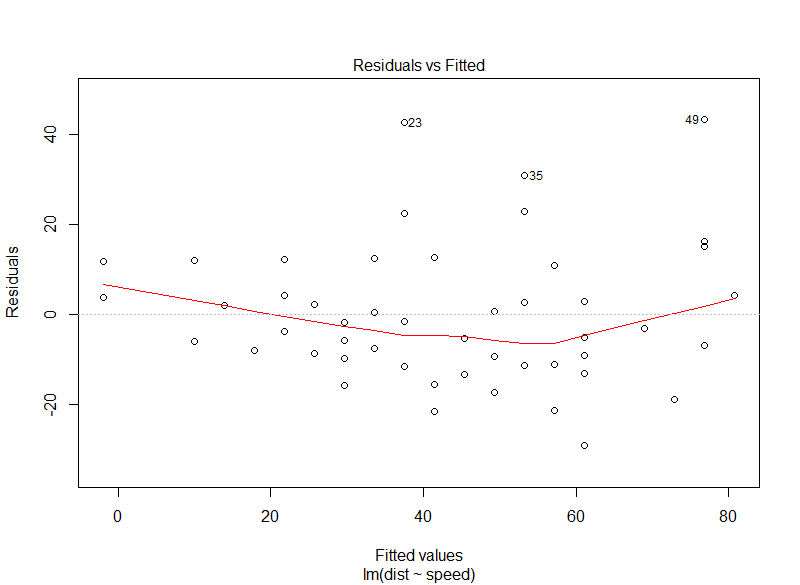
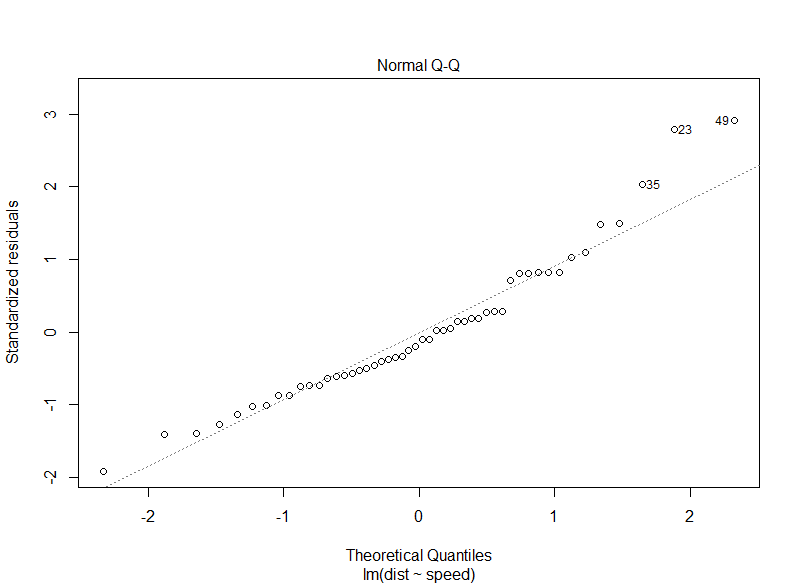
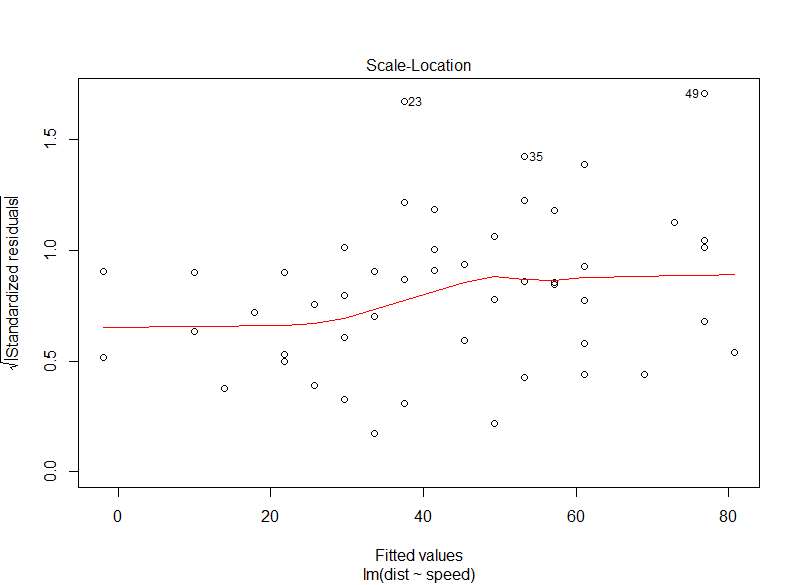
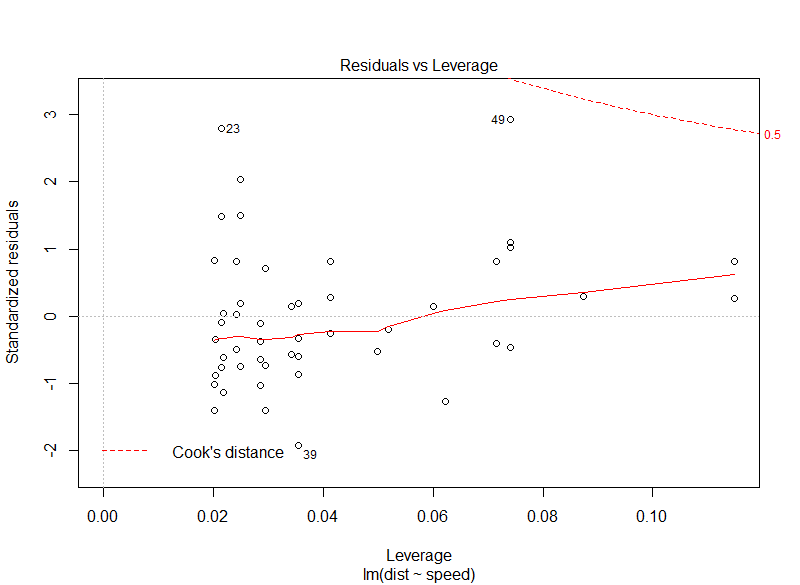
Summary
- linear regression model
- linear predictor function
lm()in R- diagnostic plots
Let's practice!
Practicing Statistics Interview Questions in R

